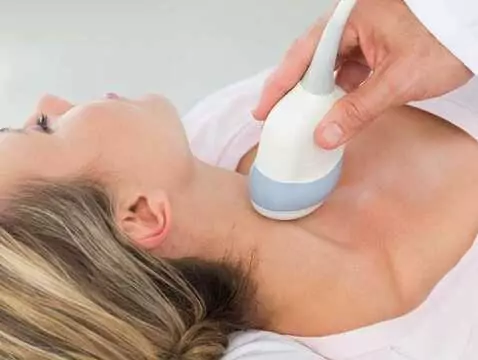The puerperium is the period after the birth during which the changes that occurred during pregnancy and childbirth are reversed in the woman's body. It begins with the birth of a complete afterbirth and most of the changes take place within 6 weeks.
With the healing process of the wound of the wall of the uterine cavity created after childbirth and the separation of the placenta, puerperal excreta(lochia) containing blood and necrotic tissues of the temporal membrane appear. They undergo certain physiological changes depending on the puerperal period and observing them is important in monitoring the puerperium. They have a nauseous odour and are a very infectious discharge, as they contain a very high number of micro-organisms that enter the uterine cavity via the vagina (staphylococci, streptococci, Escherichia coli and others) the number of micro-organisms increases further on day 2-3 of the puerperium.
Self-observation can be facilitated by knowing the changes in the nature of faeces according to the duration of puerperium in the table below:
|
Postpartum period |
Colouring |
Determination |
Stage of wound healing in the uterine cavity |
|
Day 1-3 |
Bloody |
Lochia rubra, cruenta |
Haemostatic imbalance |
|
End of 1 week |
Brown-blooded (semi-liquid) |
Lochia fusa |
Reduction of excreta by progressive vascular clamping of the uterine wall, closure of the utero-pelvic vascular lumen by thrombi |
|
End of 2nd week |
Dirty yellow |
Lochia flava |
Excretion of necrotic cellular material |
|
End of 3rd week |
Greyish white |
Lochia alba |
Gradual wound healing |
|
End of weeks 4-6 |
feces disappearance |
feces disappearance |
Wound healing complete |
It is also very important whether there was any soft tissue trauma during labour as a result of spontaneous injury or perineal incision. If this is the case, observation of the area of injury should be increased for:
- redness,
- swelling,
- increased temperature,
- increased tension at the wound edges,
- increased sensation of pain.









